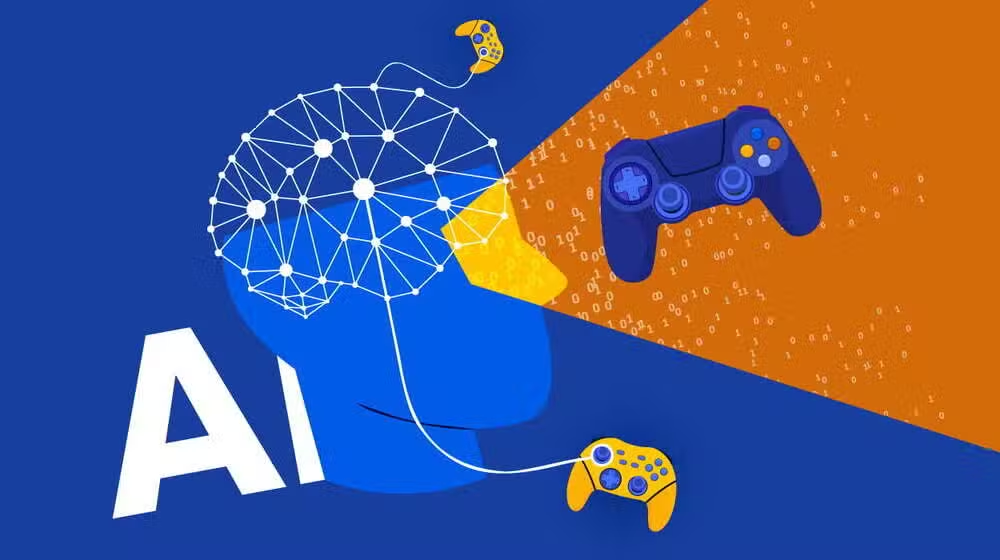Microsoft, in collaboration with Teachable AI Experiences and Ninja Theory, has introduced a groundbreaking AI tool called Muse. This AI-powered system is designed to enhance game development efficiency by generating in-game visuals and predicting player actions using an advanced 3D understanding of game environments.
Muse stands out due to its deep learning capabilities, allowing developers to streamline production processes and even revive classic video games. Let’s explore how Muse works, its key features, and what it means for the future of gaming.
How Microsoft’s Muse Works
At its core, Muse is trained to understand and replicate in-game environments, player actions, and game physics. Unlike traditional AI tools that assist with coding or design, Muse actively generates gameplay sequences, predicts player movements, and assists in real-time game development.
To achieve this, Microsoft trained Muse using:
1.6 billion parameters
1 billion images and controller actions
7 years’ worth of continuous human gameplay data
The AI model was trained on user-consented gameplay data from Ninja Theory’s game, Bleeding Edge. By processing both visuals and controller inputs at a resolution of 300 x 180 pixels, Muse can generate realistic in-game sequences lasting up to two minutes.
Key Features of Muse AI
Muse is not just a passive tool—it actively contributes to game creation in several key ways:
Camera Control & Path Selection – Muse automates smooth camera transitions and optimal player movement paths.
Character Animation & Game Physics – The AI adheres to the game’s physics, ensuring realistic animations.
Predictive Game Evolution – Using its World and Human Action Model (WHAM), Muse predicts how gameplay will evolve.
Microsoft has already demonstrated Muse’s capabilities, showcasing its ability to generate playable AI models in real-time for other games.
Muse’s Potential Beyond Game Development
While Muse is a powerful tool for developers, its applications extend beyond game creation. Microsoft envisions it being used for:
Bringing classic video games back to life – Muse can streamline the process of remastering older games for modern hardware.
Enhancing player engagement – By adapting to player behavior, Muse could make games feel more dynamic and personalized.
Automating in-game cinematics – The AI could help developers create cutscenes and scripted events with minimal manual input.
How Developers Can Access Muse
To expand accessibility, Microsoft has made Muse’s model weights, sample datasets, and the WHAM framework available via Azure AI Foundry. This allows developers to experiment with the AI and integrate it into their own game engines.
Additionally, Copilot Labs will launch interactive demonstrations of AI-driven gameplay later this year, giving game studios and enthusiasts a hands-on look at Muse’s capabilities.
Challenges & Future Prospects
Despite its impressive features, Muse still faces some challenges:
Computational Demands – The AI requires substantial processing power, which may be a hurdle for smaller studios.
Balancing Creativity & Automation – While Muse automates many tasks, developers will still need to fine-tune artistic elements.
Data Privacy & Ethical Concerns – Since Muse is trained on gameplay data, ensuring ethical data use is crucial.
The Future of AI in Gaming
Microsoft’s Muse is redefining how games are developed and played. By combining AI-driven automation with real-time gameplay adaptation, Muse could pave the way for more immersive, efficient, and accessible game development.
As AI continues to evolve, tools like Muse could transform not just how games are made—but how we experience them.



